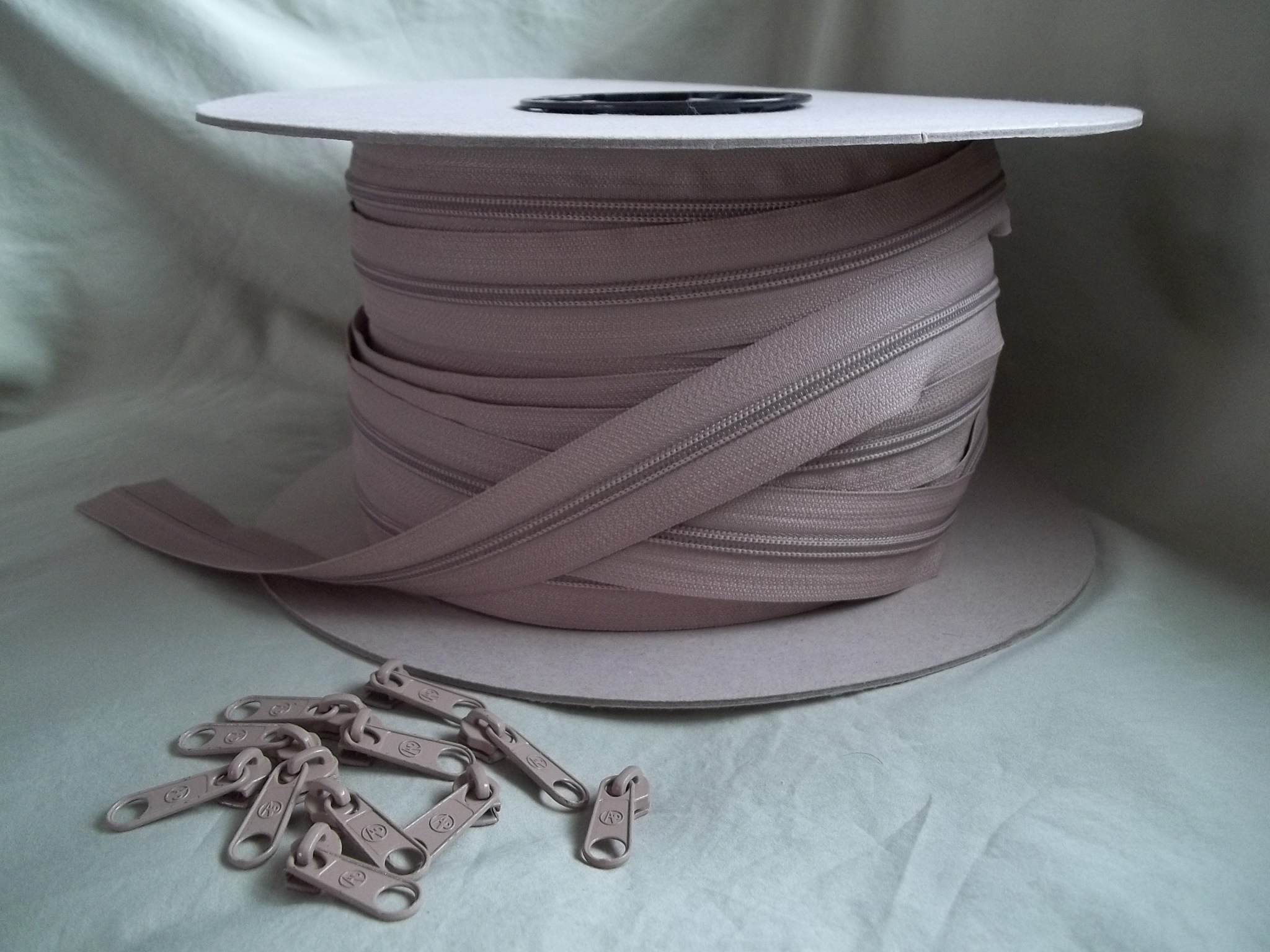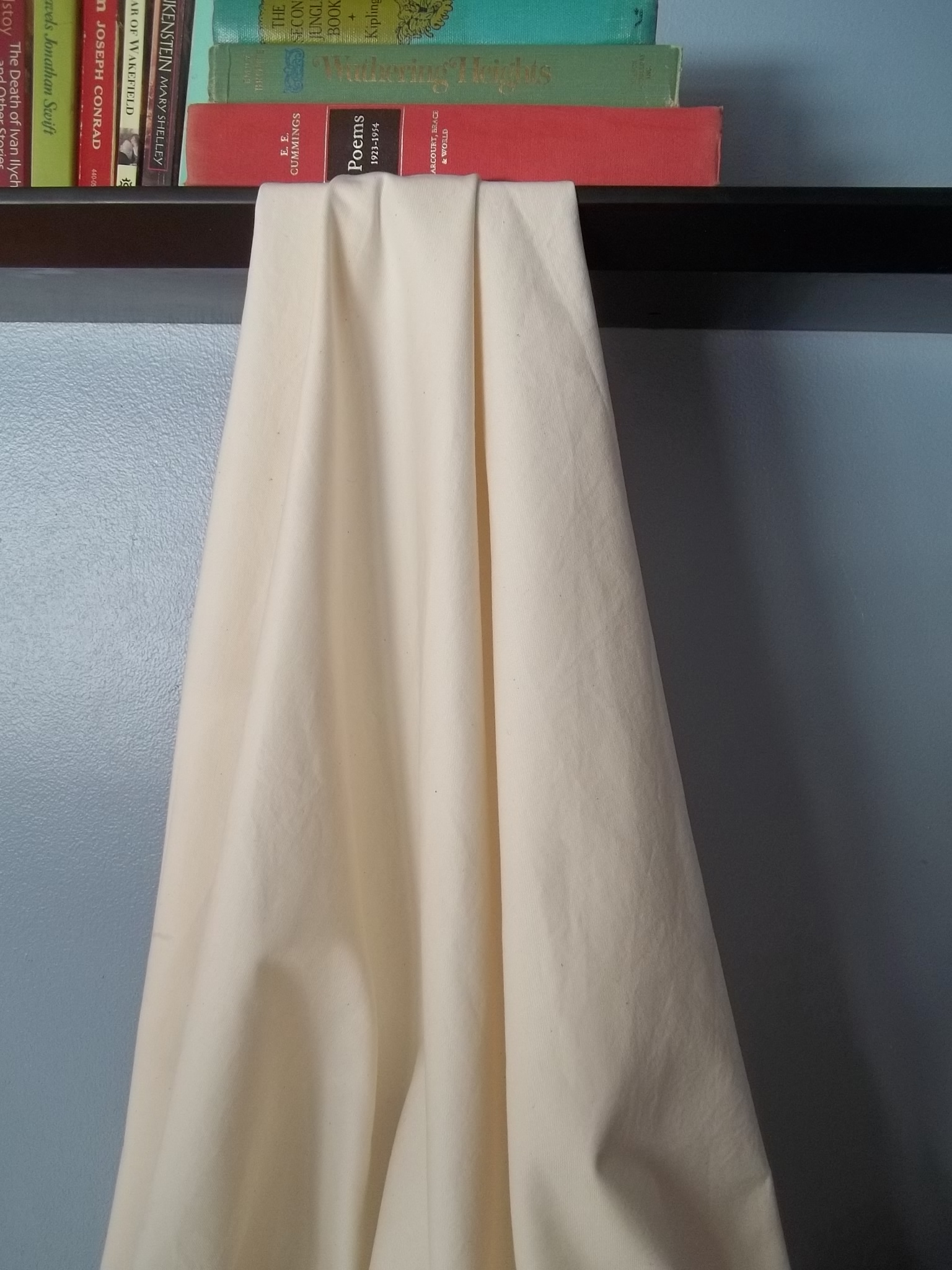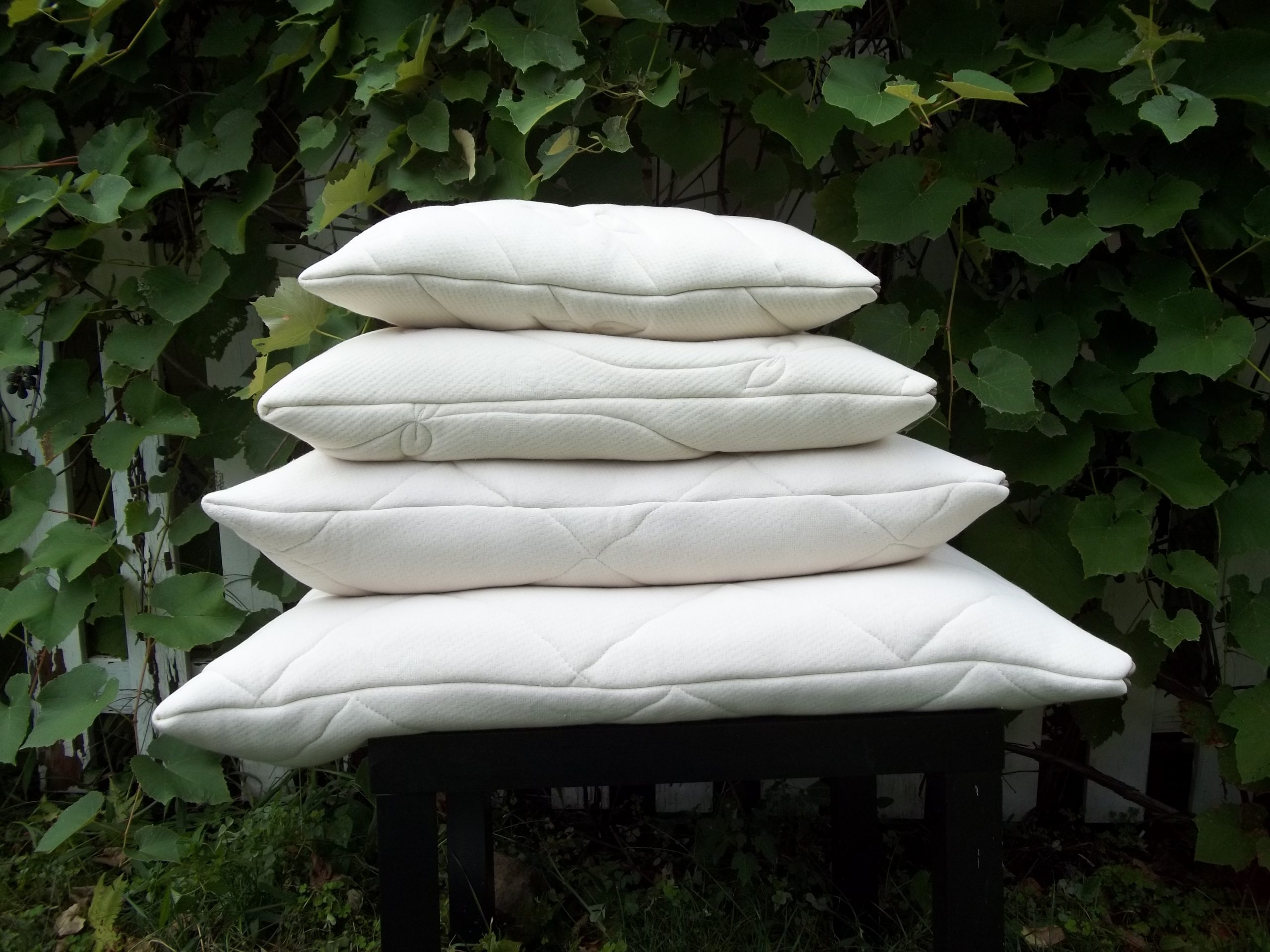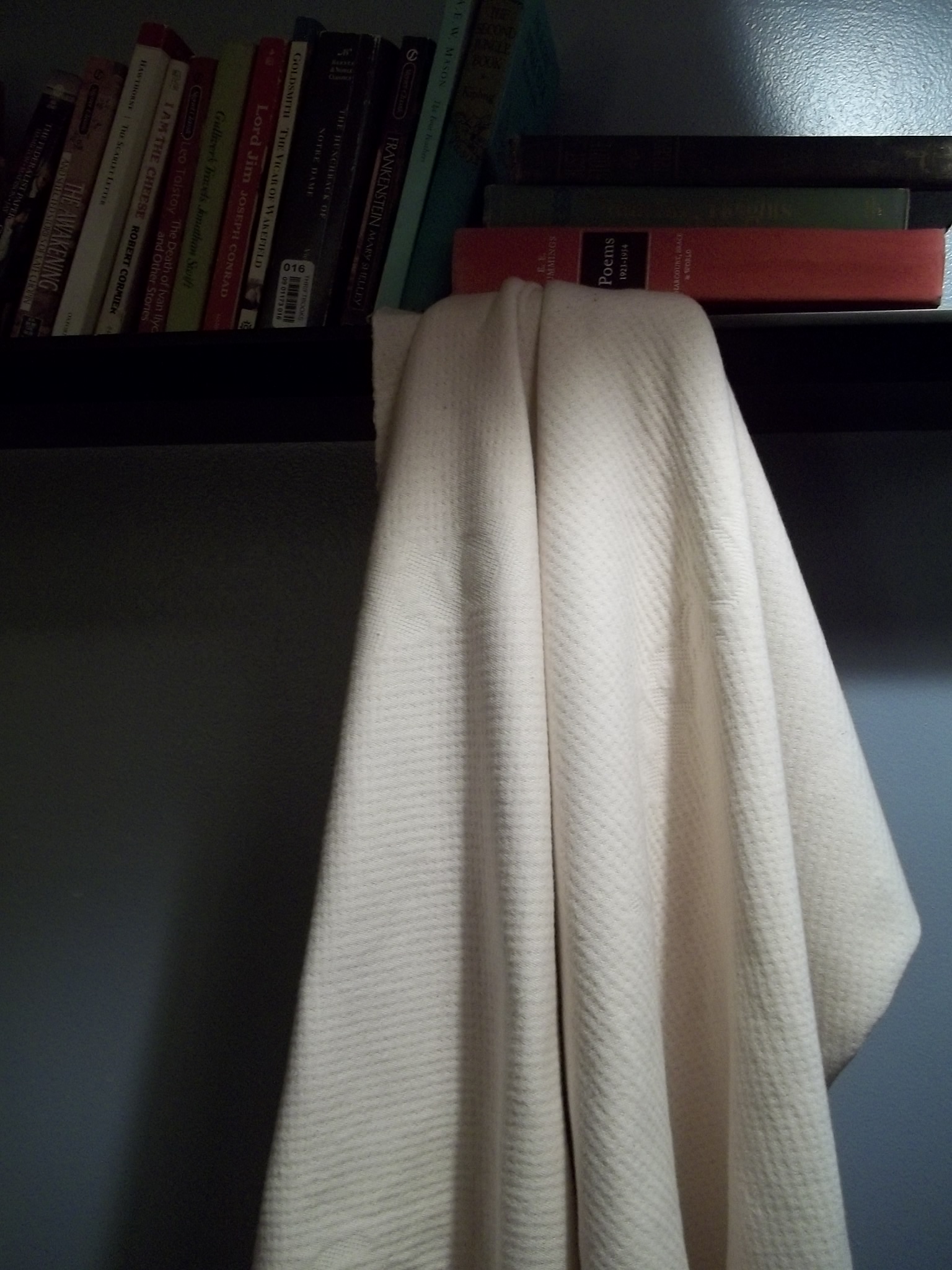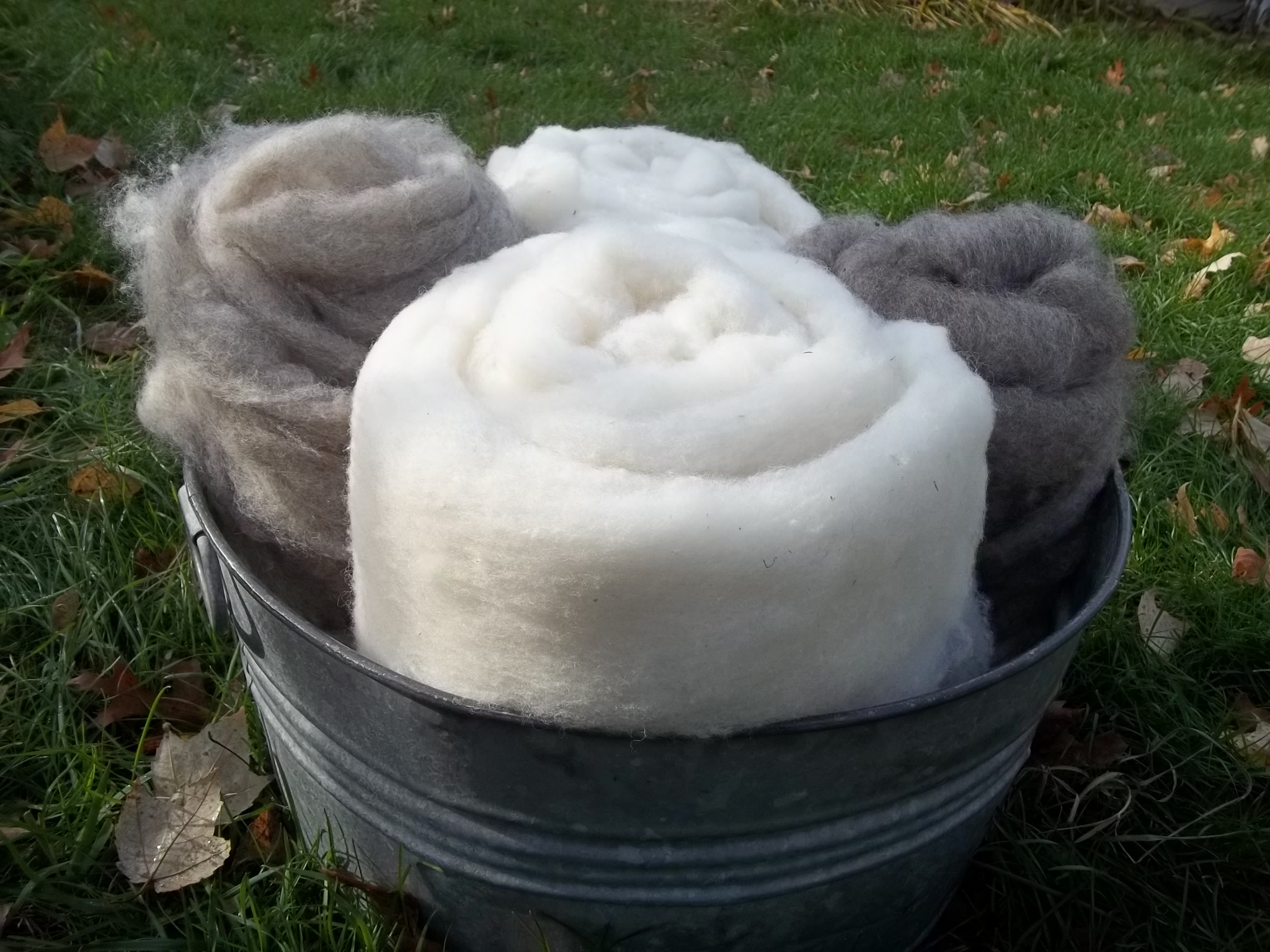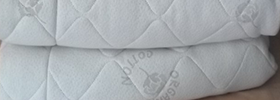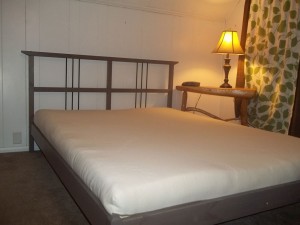We are a bedding parts supplier. We are here to enable you to make your own chemical free, natural bedding, be it pillows, mattresses, blankets, comforters, etc.
Natural latex from Sri Lanka, wool from local farms and GOTS organic ticking could make your mattress. Kapok fiber, shredded natural latex, or millet hulls could fill your pillows.
We specialize in custom work, in natural products and in educating ourselves and you about our products.
We have all the firmnesses of natural latex available for you to rearrange to find the perfect comfort in our showroom, as well as samples of all our offerings. It is often helpful to lay on one to determine what firmness and comfort level is right for you before you purchase the foam or the pillow fills.
OUR STORY:
We needed to buy mattresses. Two of them. As this event doesn’t come around very often, we thought: “Let’s do it right. Let’s get the very best mattress we can.”
For us, very best meant no chemical flame retardants and no synthetic fabrics. These mattresses were for our two girls, ages 2 and 4 at the time. They were going to be stuck with these mattresses for a while so we wanted to get them ones that weren’t going to combine comfort with slowly decomposing their organs. A little internet research soon deflated my excitement over the purchase. An organic twin mattress was $1400. Even the cheapest one we could find, an all wool 4″ futon mattress, was $400. We didn’t have that kind of money, especially not with a third child on the way. Further internet research led me down the same trails. I was stumped.
Then I asked myself, could we make a mattress? That is what we do, after all; we like to make things, from scratch, especially in the kitchen. Picking ingredients deliberately can make a great tasting dish and bring out subtle flavor, so also, deliberately sourcing bedding materials could make a comfortable and chemical free mattress. “If it can be bought, I can make it,” I’ve always said. Perhaps we could make a mattress.
First we had to find our supplies. At the time in 2010, I found only one online post of anyone else making their own mattress, so I felt I was breaking new ground. What to use?
Cotton is natural, but getting cotton batting, while inexpensive in individual sheets, would end up being expensive if we purchased enough to fill a mattress. It would be heavy and it would compress quickly, lending itself uncomfortable. Plus, we would have to shake it out weekly to get rid of dust mites. Phew, that’s too many things against cotton batting.
Wool was an accessible batting. Surely we could use sheets of wool which was loftier than cotton. But how much? Who knew. And how high would it be? Wool does compress over time, so how high would it end up being?
Enter natural latex. Made from the rubber tree, it boasts of being buoyant and luxurious enough to be sold as mattress toppers. The real seller for us was that we could pick the height and have a better guess at the height of the mattress, while still using natural products not treated with chemicals.
So, with two cotton futon covers that we purchased, we bought 2 batts of wool comforter batting and 1.5″ of natural latex for each mattress. It was still a lot of money for us to come up with, $212 for each mattress, but it was not $1400 or even $400 each. We wrapped the latex with the two batts of wool and zippered it in the cases. The mattress were quite lofty, though with that much wool, they did compress over a year from 4″ to 3″. When the girls were older (4 & 6), we opened their mattresses and added in an extra 1.5″ of latex to support their growing sizes.
While the cases were completely washable (and very shrinkable), to save ourselves the hassle of taking them off, we bought a couple of wool blankets at the thrift store. After the blankets were felted in the washing machine a few times, they thickened up quite nicely, to almost 1″ thick. Now we have puddle pads.
And there you have it. You can make a mattress, a puddle pad, a wool blanket yourself. If you can sew, you can make your own ticking and quilts and pillow cases and, well, check out the Community tab for ideas. If you don’t want to, let us make them for you.


